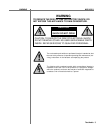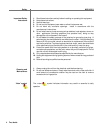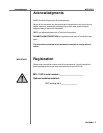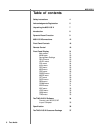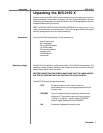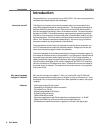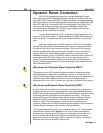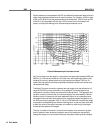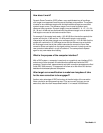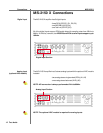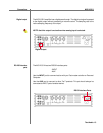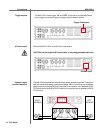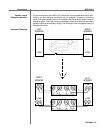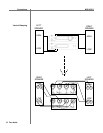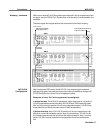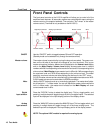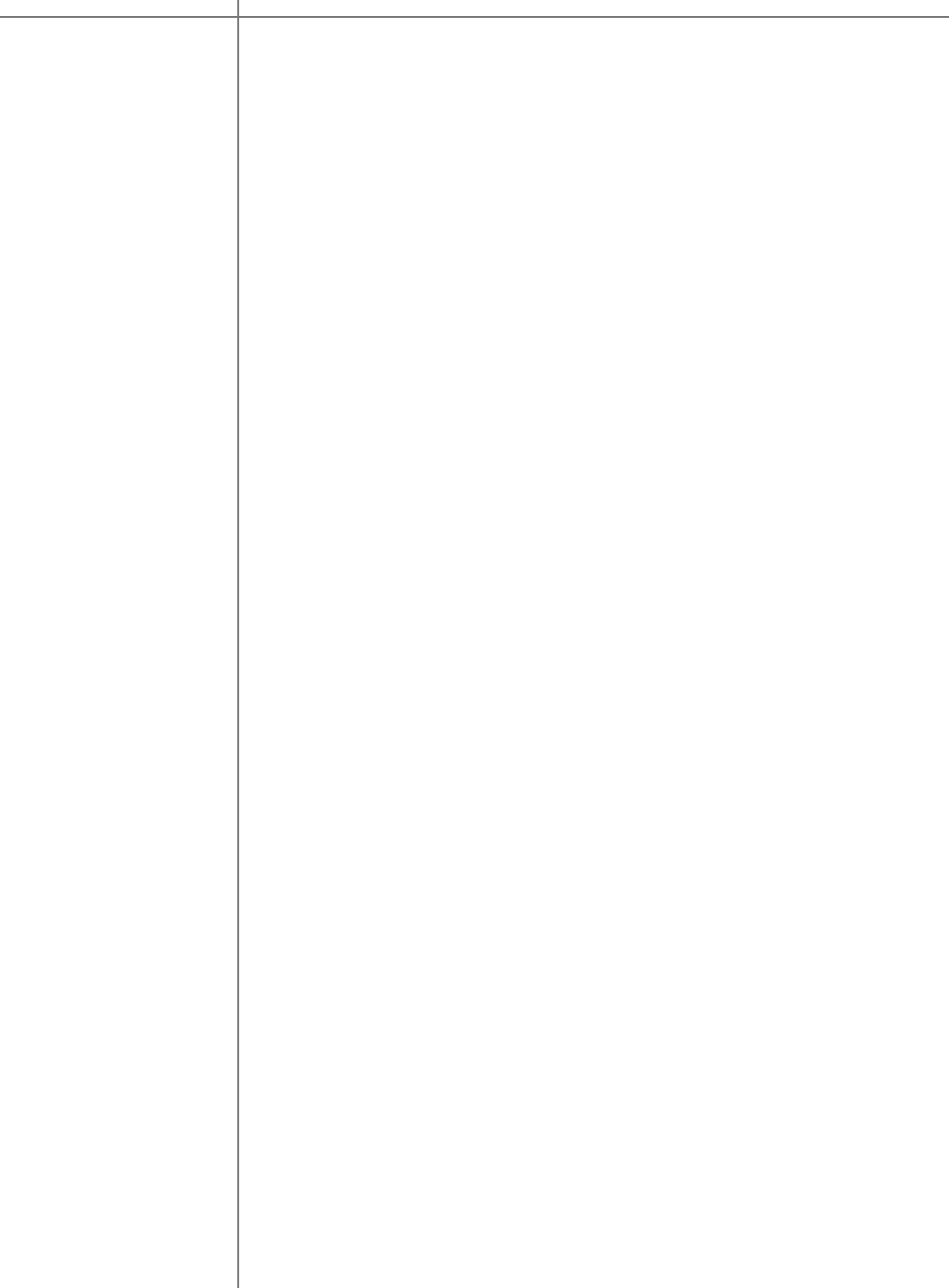
11Tact Audio
How does it work?
Dynamic Room Correction (DRC) offers a very sophisticated way of handling a
multi target curve approach to solving equal loudness curve problem. The system
is based on one reference target curve and eight additional target curves called
dynamic target curves. The reference target curve is used to perform basic
reference room correction. Dynamic target curves are labeled 0, -6, -12, -18, -24, -
30, -36 and –42 dB and are combined with the reference target curve to obtain the
final target curve used to calculate correction filters.
For example, if the master level reads –10.3 dB (89.6 on the relative readout) the
system will use the –6 dB and the –12 dB dynamic target curves and by
interpolation will calculate a target curve corresponding to –10.3 dB. After that the
system will combine the 10.3 dB target curve with the reference curve to obtain
the final target curve that is then used to calculate the correction filters. New
correction filters are loaded into the signal path as the music is playing and the
new correction takes effect in a split of a second. The same process repeats
again for any new master level setting.
What is the purpose of the computer interface?
With a DRC system, a computer is used only as a graphical user interface (GUI)
and serves no other purpose. All calculations are performed inside the DRC
processor. Target curves, measurements and other correction parameters are filed
inside DRC flash memory. This approach will allow us to offer other GUI devices
besides window based personal computers.
After target curve modification is made how long does it take
for the new correction to be engaged?
Another main advantage of DRC technology is the elimination of the correction
filters calculation and programming step. If you are current Tact user you are
aware that, after the room measurement waod i .6 n nt waod 0.0006m basic



